Creeptober Day 14: Silent House (2011)
Silent House is one of the most visually arresting movies of the 2010s, and it is our pick for day 14 of our month-long Creeptober marathon!
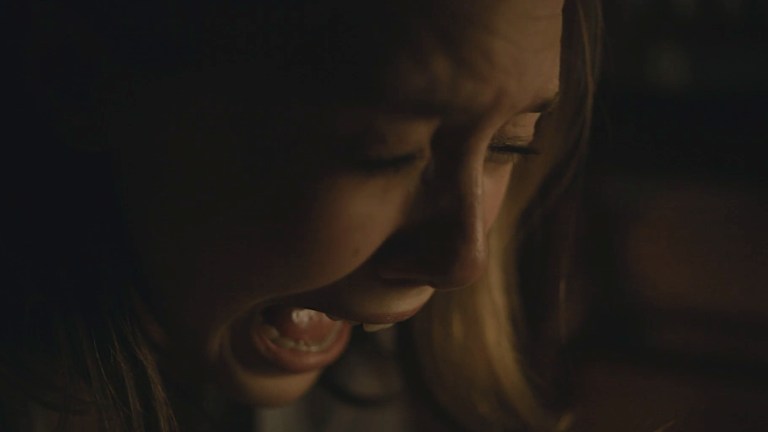
The second half of Creeptober’s back-to-back “house” movies goes for a less hellish, and more quiet, sense of horror. Silent House has a striking visual style, and the creeping dread of its story makes it a thoroughly unnerving experience.
Read on for our thoughts on Silent House as well as a recap of the movie, and join the conversation on our Facebook, TikTok, and Instagram!
Reacting to Silent House
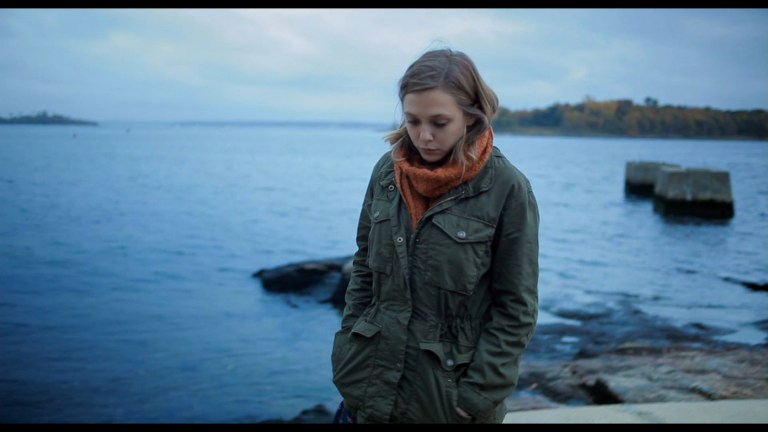
Whenever Silent House comes up, the Uruguayan original, La Casa Muda, is brought up as well. Silent House is a remake of La Casa Muda, and the film-festival premieres of the two films occurred less than a year apart from each other. La Casa Muda is an excellent movie, but I won’t be comparing it to Silent House here. The original is absolutely worth watching, but discussing the merits of each movie is an article for another time. Instead, I’m just going to talk about Silent House as its own, standalone film.
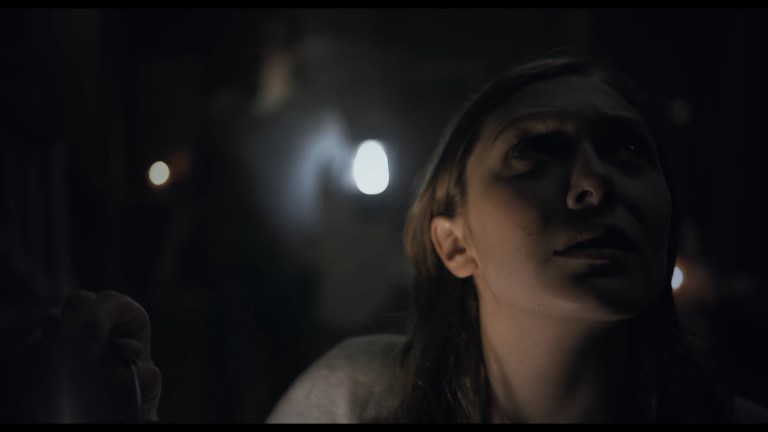
I don’t remember if I saw Silent House in theaters when it was released, but I know I at least saw it soon after. I hadn’t seen it since then, so my memory of the story was fuzzy. I remember liking the movie, but I didn’t remember how it ended. That made this most recent viewing for Creeptober very interesting, and quite enjoyable.
The strongest part of Silent House is easily its visual style. I love movies that attempt to present itself as a single, unbroken shot. When done well, a single-shot movie can provide the immersion of found footage, but it isn’t limited to the constraints of that format. The camera in Silent House is allowed to go wherever it wants to go without reducing believability, and that benefit is used very wisely by the filmmakers.
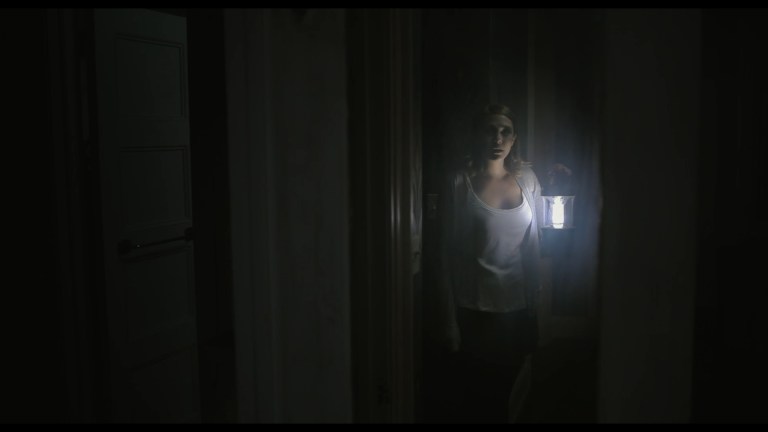
The floaty nature of the camera also gives the whole film a sense of heightened reality. At times it feels like a dream. This is especially obvious towards the end when Sarah begins seeing unrealistic things, but the dreamlike quality is there the entire time. The chosen form actually provides a smart function, quietly easing us into experiencing the more bizarre moments. Sarah’s delusions feel like a natural progression rather than a jarring change in style.

As for the story and how it develops, I’m still trying to decide how I feel about it. On one side, I do think it gets heavy-handed towards the end. Everything is explicitly explained, and, to put it mildly, I’m not always a huge fan of that. I don’t like having my hand held in that way, especially when we can get all of the same information from environmental storytelling.
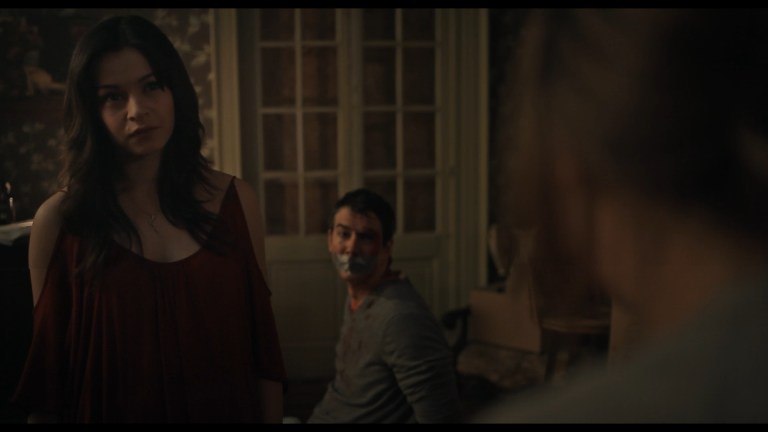
From a different perspective though, there are enough seeds planted early in the movie to have viewers thinking that Sarah is indeed being stalked by a stranger. It is mentioned that people regularly break into the house when the family is away, and Sophia’s arrival at the beginning of the movie could lead viewers to believe that she is part of a group of people using the house for criminal activities. The bed in the basement could also be seen as part of this theory. That’s not what happens, of course, but leaving a little more ambiguity in the end about what is in Sarah’s head and what is real could’ve made Silent House even better. As it is, it’s still a nicely unsettling experience.
Silent House – A Recap
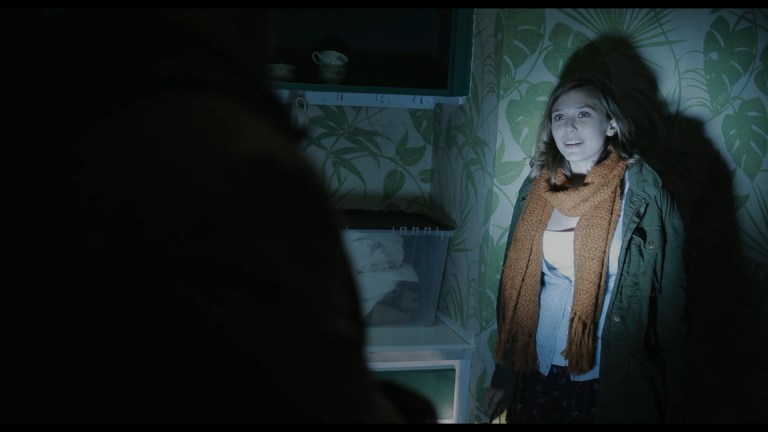
Silent House uses a technique that makes it appear as if the movie is done in a single continuous shot. The camera follows Sarah, a young woman who is helping her father and uncle clean their family’s old, disused house so it can be sold. Her father, John, is domineering, and he clashes with Sarah’s uncle Peter. While John and Peter are in the basement, Sarah answers a knock at the door and meets Sophia. Sophia claims to be an old friend of Sarah’s, but despite saying she remembers her, the look on Sarah’s face suggests otherwise. Regardless, Sarah agrees to hang out with Sophia later.

Sophia leaves, and Peter leaves to go to town soon after. With John elsewhere in the house, Sarah hears a noise upstairs. John and Sarah go upstairs and don’t find anyone. Sarah begins packing her room up as her father continues to search. She hears another noise, and this one is much more concerning. Worried, Sarah goes to look for John.
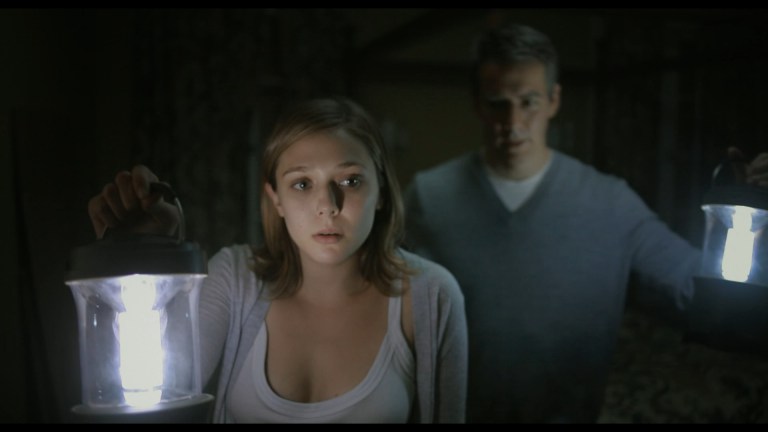
As Sarah searches, it is apparent that there is someone else in the house. Sarah manages to stay ahead of the intruder, but with the windows of the house boarded up and the key to the front door missing, she can’t leave. She eventually finds her gravely injured father stashed in a closet. Unable to move him, Sarah takes a key from his pocket so she can leave and go find help. The key doesn’t work on the ground-floor doors, so she heads to the basement. After discovering a bed downstairs and having another close call with the intruder, Sarah escapes through a basement door.
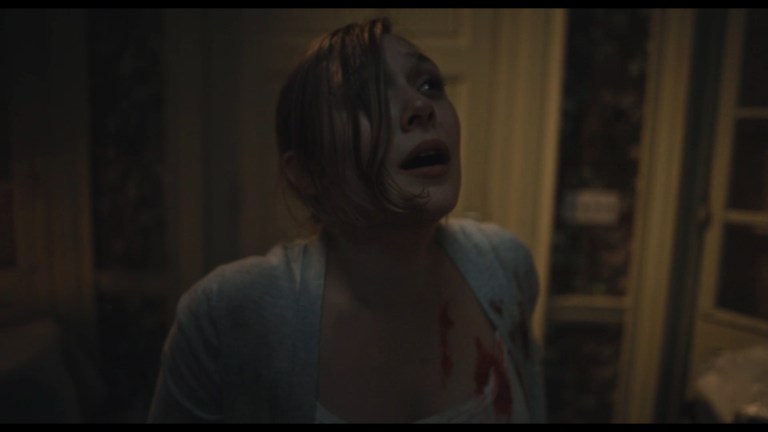
Outside, Sarah comes across her uncle as he’s driving back to the house. Peter decides he needs to enter the house to get his brother before leaving to find help. Sarah waits outside, but she runs back into the house when she sees someone behind Peter’s car. Together, Sarah and Peter go upstairs to search the house. John isn’t where Sarah left him. Sarah and her uncle become separated, and Sarah begins having inexplicable experiences. She sees a little girl being coaxed into things by two men. She also sees a girl in a bathtub, blood coming from a toilet on the wall, and black mold all over the ceiling.

Back downstairs, Sophia is waiting. Sophia guides Sarah into remembering what she had forgotten, that her father and uncle abused her as a child. Sarah realizes that Sophia is part of her mind, as is the little girl she saw in the house. Sarah has been attacking her father and uncle while dissociating mentally from what she was doing. While confused, John convinces Sarah to free him from the chair he’s taped to. Once freed, John attacks Sarah. Peter tells John to stop, and the distraction allows Sarah to attack John, killing him. Peter begs for mercy, and Sarah leaves him behind, alive but wounded with a bullet in his gut. Sarah if finally free of the house.
Keep Up with Creeptober!
- The entire list of 31 movies is here: Join Us for Creeptober: 31 Horror Movies in 31 Days
- Discuss on Facebook
- Even more on TikTok and Instagram
